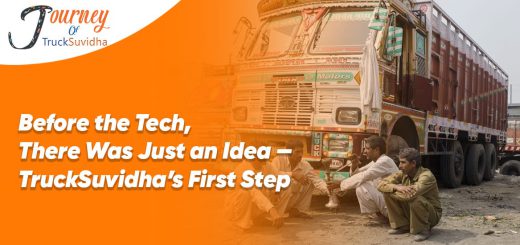The First Market Reality Check
The website was up. The platform was functional. The team was confident.
After our first public appearance, the assumption was clear:
“Now that the system is live, adoption will begin.”
But when we hit the market, the response delivered our first real eye-opener.
From Positive Signals to Market Hesitation
In the initial surveys, transporters and associations had validated the concept. The feedback was consistent: “Yes, this will be useful. We will adopt it.”
However, when the platform was actually available, the same stakeholders took a step back.
Responses shifted to:
- “Right now, we don’t see the need.”
- “The system is good, you run it — let’s see.”
- “Our operations are fine as they are for now.”
The enthusiasm of the surveys did not translate into actual usage.
Also Read:- Resistance, Realities & Readiness — What the Beta Phase Taught TruckSuvidha
The Challenge of Converting Interest Into Adoption
This was not a question of cost — we weren’t charging anyone.
It wasn’t a question of access — the platform was simple and ready to use.
The hesitation came from something deeper:
- Conservatism in business processes
- Reluctance to change established habits
- A “wait-and-watch” approach typical in logistics
It was a critical insight: in logistics, trust and habit outweigh even free innovation.
Lessons From the Market
For us, this phase was more valuable than any survey. It proved that:
- Positive intent ≠ actual adoption.
- Logistics stakeholders need demonstrated reliability before committing.
- Change management is as critical as technology.
The denials weren’t failures. They were signals — telling us that adoption would require stronger relationship-building, consistent market presence, and deeper hand-holding with transporters.
Read More:- Our first public appearance taught us one thing — in logistics, trust travels faster than technology.
The Takeaway
TruckSuvidha’s first market reality check reinforced one principle every entrepreneur eventually learns:
👉 A product doesn’t succeed just because it exists — it succeeds when people are convinced it will make their daily operations smoother, safer, and more profitable.
From that moment, our approach shifted. We moved from “launching” to listening and learning, turning every hesitation into insight for the road ahead.
✨ Next in the series: How we turned early rejections into our first successful transporter registrations and bookings.




Recent Comments